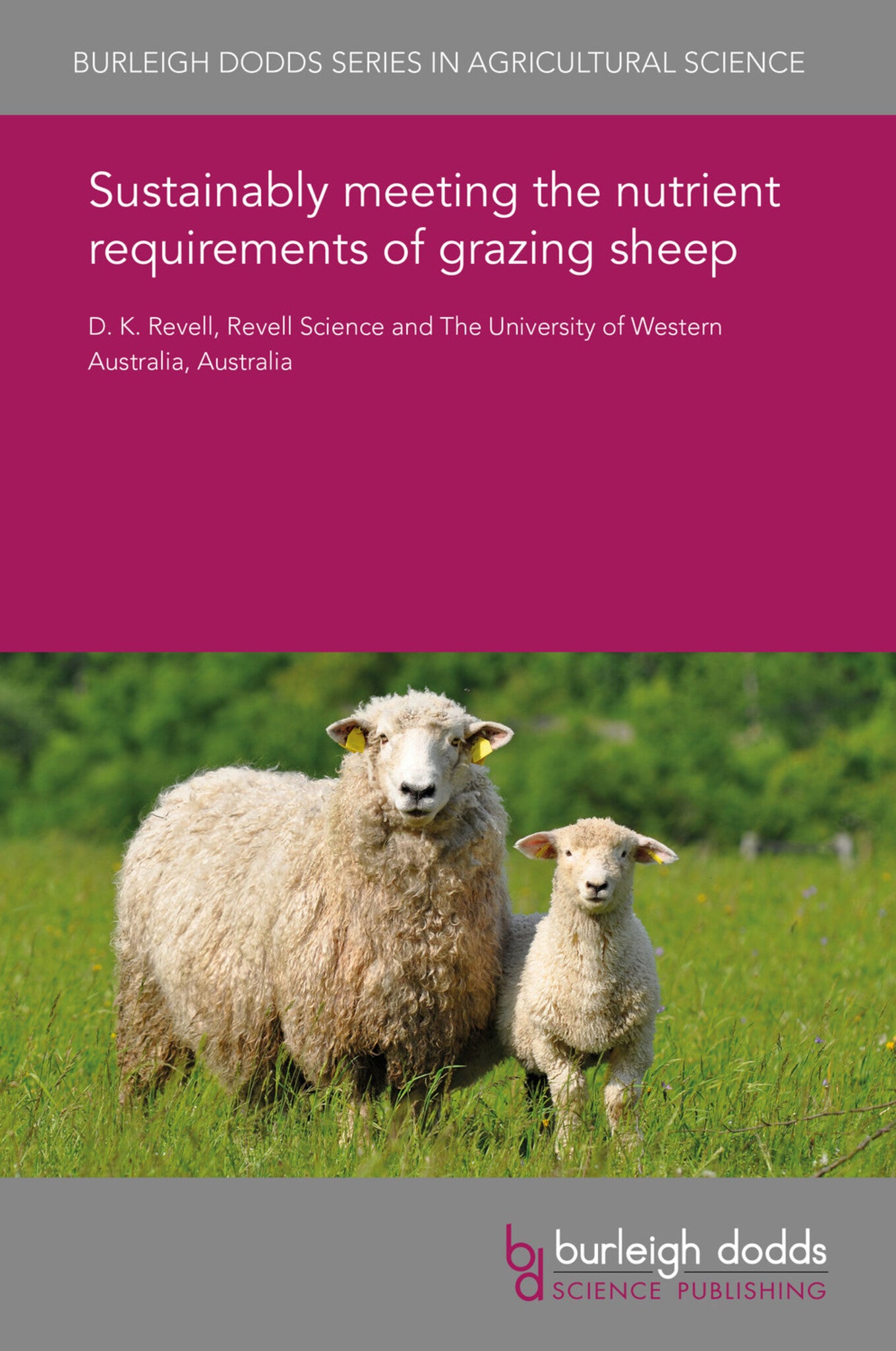We're sorry. An error has occurred
Please cancel or retry.
Sustainably meeting the nutrient requirements of grazing sheep

Some error occured while loading the Quick View. Please close the Quick View and try reloading the page.
Couldn't load pickup availability
- Format:
-
31 March 2017


TECHNOLOGY & ENGINEERING / Agriculture / Sustainable Agriculture, Animal breeding, TECHNOLOGY & ENGINEERING / Agriculture / Animal Husbandry, Sustainable agriculture

1 Introduction 2 Animal adaptability to a variable nutrient supply 3 Using suitable forages with different nutritional characteristics 4 Using forages as the supplements 5 Forage diversity to meet nutrient requirements: a case study 6 Forage diversity, diet diversity and productivity 7 Converting a diverse feed base into a diverse diet: how animals learn about forages 8 Summary and future trends 9 Where to look for further information 10 References



